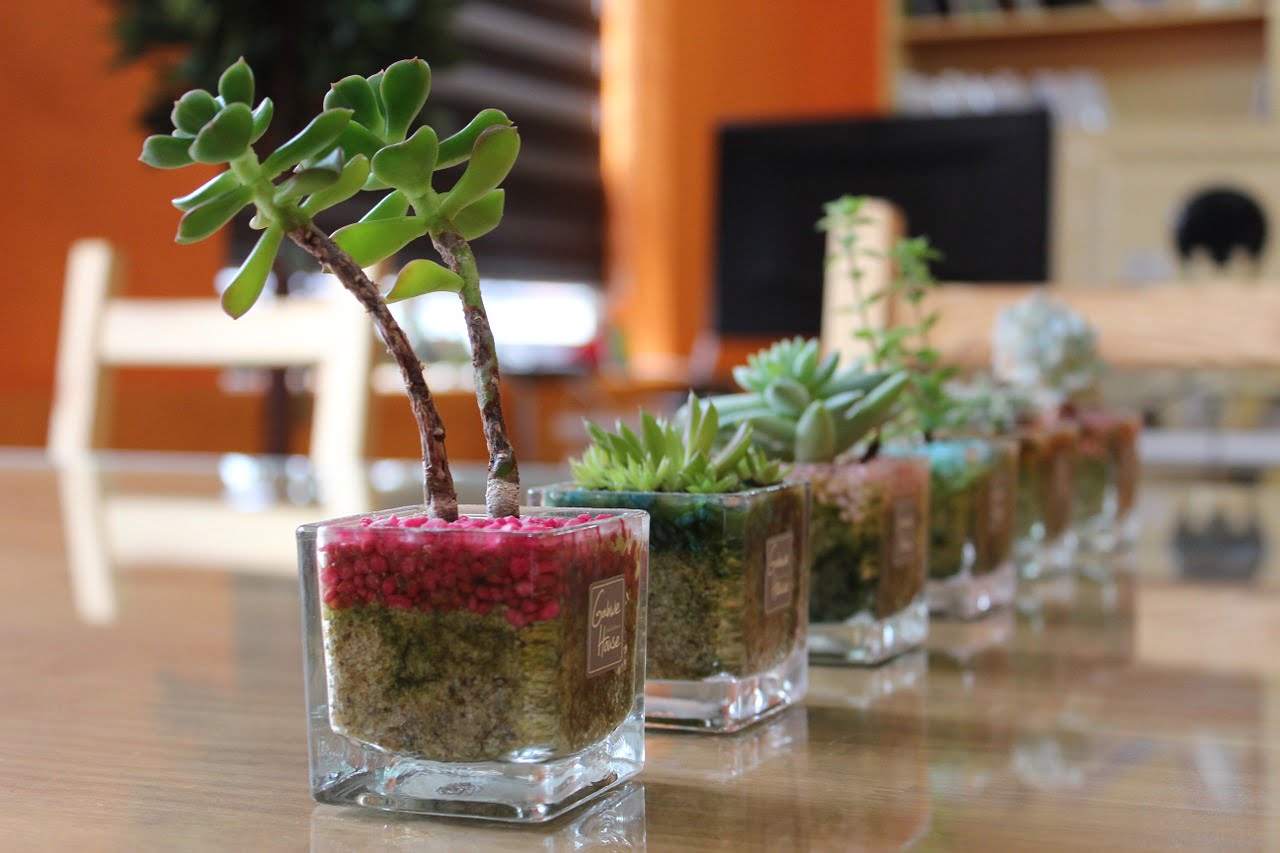Are you wondering how to use household items for self-watering mini greenhouses?
Transform wine bottles, towels, buckets, plant saucers, plastic bags, and plastic bottles into self-watering tools for your mini greenhouse. These household items are not only used for their primary purpose, but it can also help you to lessen your gardening workload.
We gathered methods on how to maximize your household items into a self-watering mini greenhouse. This will prove to you that you don’t need to get a babysitter for plants. Let’s dig further!
Contents
Using Household Items For Your Mini Greenhouse
In this article, you will know what household items you can use as self-watering tools for your mini greenhouse. We also included the materials and the steps on how to transform them. So read on and keep your crops healthy while on vacation.
1. Glass bottle
Wine bottles can help you ease out your daily watering work in your mini greenhouse. And since most bottles have exquisite designs, it can also be a fun and creative way to add a twist to your plant pots and planters.
Tools and materials needed
All you need is a hammer, some nails, pliers, and a wine bottle with an aluminum cap, and you’ll have a self-watering plant that can get you covered for about five days.
Steps
Start by removing the plastic film inside the cap using pliers. Then make five mini holes using a nail and a hammer from the inside of the cap. When the caps have enough holes, you can fill the bottle with water up to the brim. Put the cap back on the lid.
Now that your bottle is ready, you can dig up a hole in the soil next to the plant that you’ll be watering. Finally, put the bottle upside down. Depending on the size of the bottle, it can water the plant for days. When it is empty, you can simply refill it and return it into the hole.
2. Plant bath
Your potted tropical plants need plenty of water, and other plants that do not need to get much sun can take advantage of a plant bath solution. This method can keep your plants fit and well in your greenhouse or enjoying your vacation.
Tools and materials needed
You will need a towel, well-draining potted plants, and a basin big enough for your plant for this procedure. If you are doing this inside your house, you can use your sink or bathtub.
Steps
Fill in the basin with water, depending on the number of plants you want to be watered. You will need it to be about 2 inches deep. Then lay out the towel over the water. This will prevent the pots from scraping the basin or tub.
Finally, put the plants in the basin or tub. The drainage holes will allow the water to soak through the roots. This should keep your plants hydrated for up to a week.
3. Water wicking drip system
This is a method that utilizes the properties of water and gravity. It merely links the plant to a water system using a cotton string. If you want a longer time for your plants to be taken care of, then this is the option for you.
Tools and materials needed
It is easy to set-up with just cotton rope and a bucket. The size of the bucket depends on how long and how many plants you intend to water. You will also need a long cotton rope because it is highly absorbent.
Steps
The first step for this method is to cut the ropes to its ideal length. Your goal is to make the rope slack inside the bucket; reach the several inches down the soil. Now that the ropes are ready, you can start putting one end of the bucket’s ropes.
Next is to ensure that there is a rope in every plant that needs watering. Push the rope in the soil for 3 to 4 inches deep using a pencil. If you have many plants and want just a single set-up, then this is the method for you. Plus, it is easy to refill the bucket, thereby easing out the process.
4. Plastic water bottle planter
These plastic bottles should not be thrown away because you can use them to keep your plants from wilting while you are gone. Use it as a self-watering technique for your greenhouse plants instead. Although it will not last long as the other methods, it is the easiest to set up and refill.
Tools and materials needed
Depending on the size of the plants, you will need an appropriately sized empty water bottle. You will also need some nails and a hammer to make the holes.
Steps
Punch up some holes on the plastic bottle. Ideally, you will need six holes on the sides and three holes on the bottom to ensure equal distribution of water. Next, dig on the soil next to the plant that needs watering and stuff the bottle in.
Now that the plastic bottle is set-up, you can fill it in with water. Make sure that you cap the bottle to prevent the water from evaporating fast. You can use it again by simply refilling the plastic bottle.
Final Words
Maintaining your plants hydrated and healthy may be a difficult task. But if you use the methods in this article, you will have the perfect assistant in your watering job for your greenhouse plants. Plus, by recycling these materials, you will not only do it for yourself and plants but also help conserve the environment.
Now, you already know how to use household items for self-watering mini greenhouses. Good luck!
